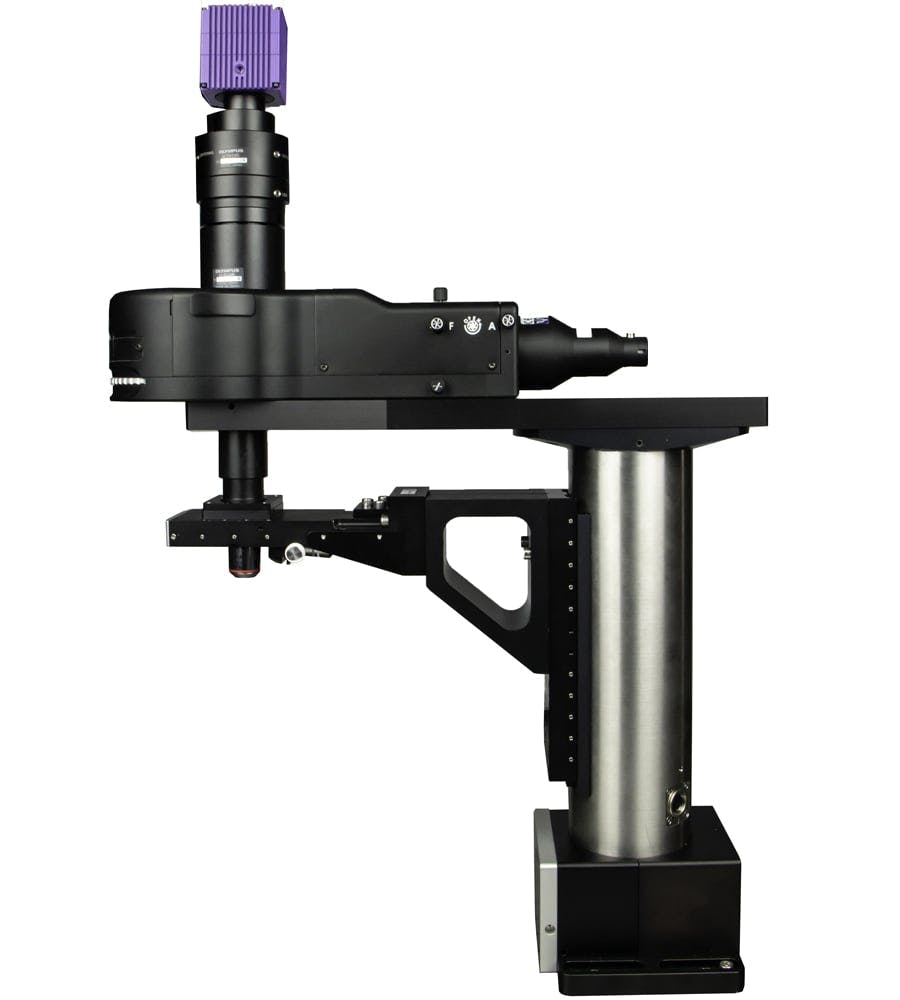个询问项
Scientifica VivoScope
Scientifica VivoScope
Ultra-stable microscope perfect for larger in vivo behavioural studies
The VivoScope is specifically designed to accommodate larger in vivo samples and is well-suited for various configurations, including linear or spherical treadmills, expansive stereotaxic frames, and various virtual reality setups.
Moreover, this upright microscope forms the foundation for a patch clamp electrophysiology system tailored for in vivo behavioural studies.
滚动观看更多
产品优势
VivoScope's Role at the Allen Institute
The Allen Institute for Brain Science utilises three VivoScopes in their Allen Brain Observatory project, dedicated to visualising dynamic brain activities. Explore the video for a closer look.
产品服务
Speak to one of our experts for details on pricing, features, installation and support.




